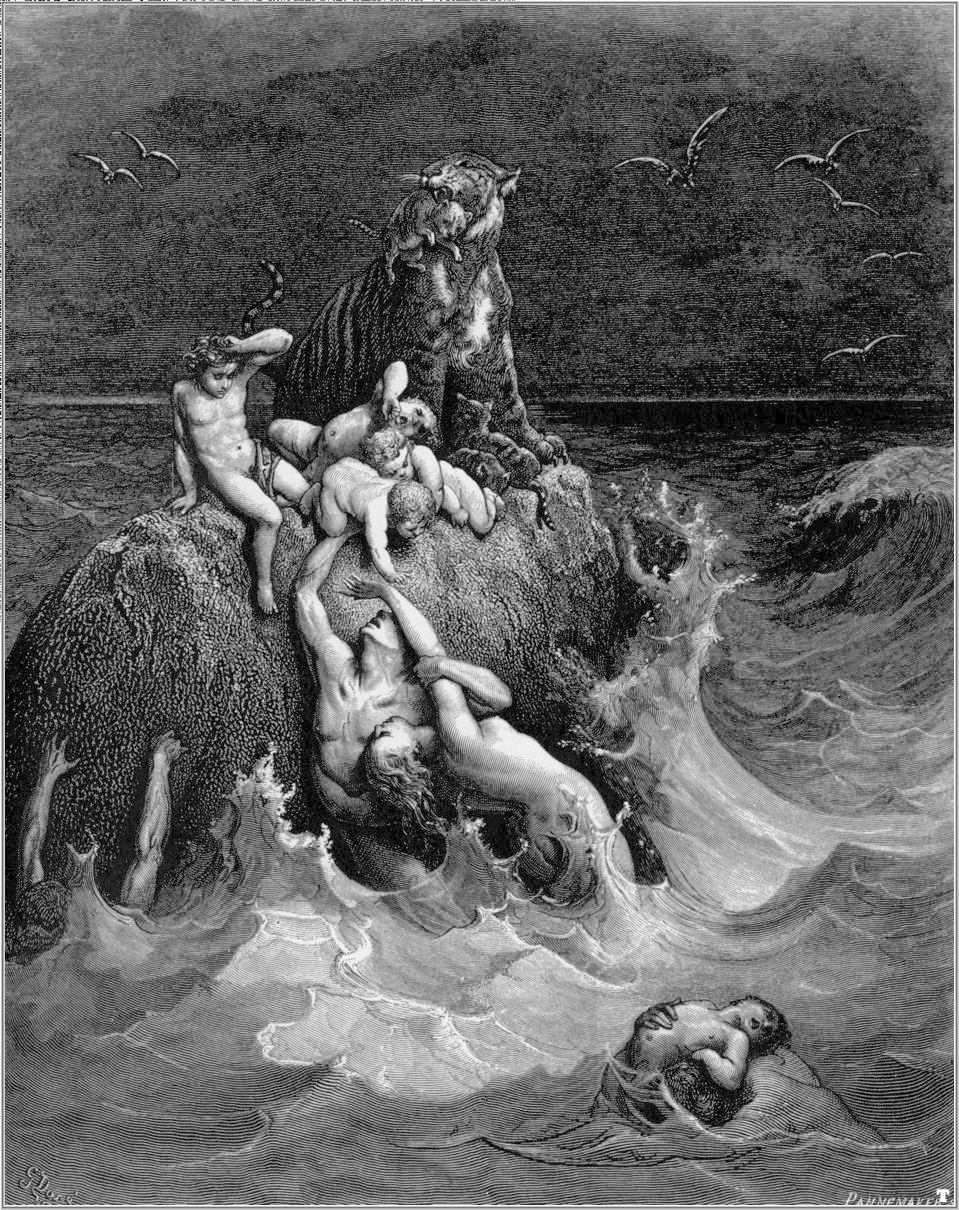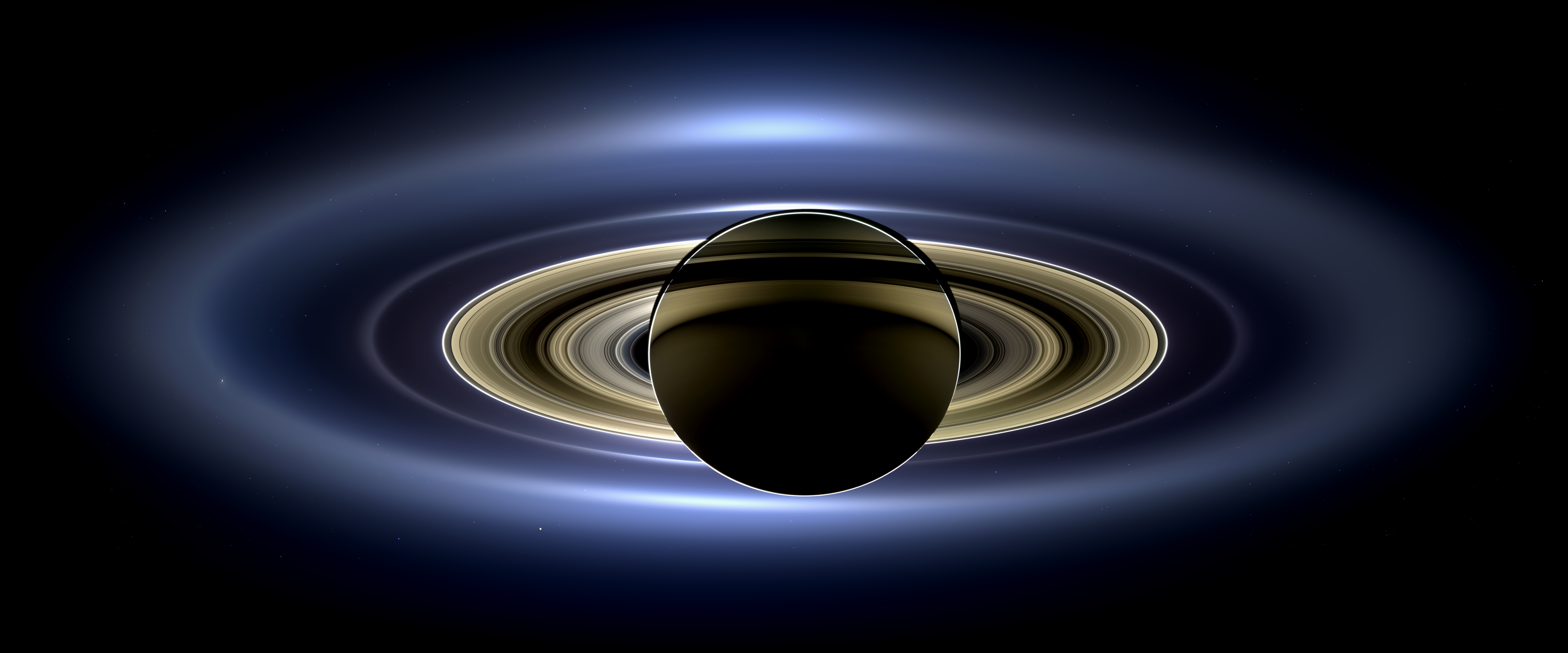|
Universal Natural History And Theory Of The Heavens
''Universal Natural History and Theory of the Heavens'' (), subtitled ''or an Attempt to Account for the Constitutional and Mechanical Origin of the Universe upon Newtonian Principles'', is a work written and published anonymously by Immanuel Kant in 1755. According to Kant, the Solar System is merely a smaller version of the fixed star systems, such as the Milky Way and other galaxies. The cosmogony that Kant proposes is closer to today's accepted ideas than that of some of his contemporary thinkers, such as Pierre-Simon Laplace. Moreover, Kant's thought in this volume is strongly influenced by the atomist theory, in addition to the ideas of Lucretius. Background Kant had read a 1751 review of Thomas Wright's ''An Original Theory or New Hypothesis of the Universe'' (1750), and he credited this with inspiring him in writing the ''Universal Natural History''. Kant answered to the call of the Berlin Academy Prize in 1754 with the argument that the Moon's gravity would eventual ... [...More Info...] [...Related Items...] OR: [Wikipedia] [Google] [Baidu] |
Immanuel Kant
Immanuel Kant (born Emanuel Kant; 22 April 1724 – 12 February 1804) was a German Philosophy, philosopher and one of the central Age of Enlightenment, Enlightenment thinkers. Born in Königsberg, Kant's comprehensive and systematic works in epistemology, metaphysics, ethics, and aesthetics have made him one of the most influential and highly discussed figures in modern Western philosophy. In his doctrine of transcendental idealism, Kant argued that space and time are mere "forms of intuition" that structure all experience and that the objects of experience are mere "appearances". The nature of things as they are in themselves is unknowable to us. Nonetheless, in an attempt to counter the philosophical doctrine of Philosophical skepticism, skepticism, he wrote the ''Critique of Pure Reason'' (1781/1787), his best-known work. Kant drew a parallel to the Copernican Revolution#Immanuel Kant, Copernican Revolution in his proposal to think of the objects of experience as confo ... [...More Info...] [...Related Items...] OR: [Wikipedia] [Google] [Baidu] |
Andromeda Galaxy
The Andromeda Galaxy is a barred spiral galaxy and is the nearest major galaxy to the Milky Way. It was originally named the Andromeda Nebula and is cataloged as Messier 31, M31, and NGC 224. Andromeda has a Galaxy#Isophotal diameter, D25 isophotal diameter of about and is approximately from Earth. The galaxy's name stems from the area of Earth's sky in which it appears, the constellation of Andromeda, which itself is named after Andromeda (mythology), the princess who was the wife of Perseus in Greek mythology. The virial mass of the Andromeda Galaxy is of the same order of magnitude as that of the Milky Way, at . The mass of either galaxy is difficult to estimate with any accuracy, but it was long thought that the Andromeda Galaxy was more massive than the Milky Way by a margin of some 25% to 50%. However, this has been called into question by early-21st-century studies indicating a possibly lower mass for the Andromeda Galaxy and a higher mass for the Milky Way. The Androm ... [...More Info...] [...Related Items...] OR: [Wikipedia] [Google] [Baidu] |
Stephen Palmquist
Stephen Richard Palmquist (born 1957) is an American philosopher, currently living in Los Angeles. He taught philosophy at various universities in Hong Kong from 1987 to 2021. A Patheos article referred to him as "one of the greatest living interpreters of Kant". Education and career While attending Westmont College in the late 1970s, Palmquist worked as a part-time youth minister, a job that helped him realize that, instead of becoming a pastor, his real calling was to be a university teacher. Shortly after starting his doctoral studies at Oxford University in October 1980, he realized his calling was to be a philosopher. He completed his PhD in Philosophical Theology under the supervision of John Macquarrie and W. H. Walsh in August 1987. The next month he joined as faculty at Hong Kong Baptist University, at that point still named Baptist College. He played an important role in compiling e-text versions of the various writings of Immanuel Kant. He founded "Kant on the Web", ... [...More Info...] [...Related Items...] OR: [Wikipedia] [Google] [Baidu] |
Stanley Jaki
Stanley L. Jaki (Jáki Szaniszló László) (17 August 1924 – 7 April 2009) was a Hungarian-born priest of the Benedictine order. From 1975 to his death, he was Distinguished University Professor at Seton Hall University, in South Orange, New Jersey. He held doctorates in theology and in physics and was a leading contributor to the philosophy of science and the history of science, particularly to their relationship to Christianity. In 2018, Jaki was named one of five Catholic scientists "that shaped our understanding of the world" by Aleteia; the other four are: Copernicus, Gregor Mendel, Giuseppe Mercalli and Georges Lemaître. Studies After completing undergraduate training in philosophy, theology and mathematics, Jaki did graduate work in theology and physics and gained doctorates in theology from the Pontifical Atheneum of St. Anselm in Rome (1950) and in physics from Fordham University (1958), where he studied under the Nobel laureate Victor Hess, the co-discoverer ... [...More Info...] [...Related Items...] OR: [Wikipedia] [Google] [Baidu] |
William Hastie
William Hastie MA DD (7 July 1842 – 31 August 1903) was a Scottish clergyman and theologian. He produced the first English translation of the '' Universal Natural History and Theory of Heaven'', by Immanuel Kant. Hastie led the General Assembly's Institution in Calcutta, where he was credited with developing the Hindu advocate Swami Vivekananda. Hastie recovered from a ruinous libel case in Calcutta to become the Professor of Divinity at University of Glasgow. Early life and career William Hastie was born on 7 July 1842 at Wanlockhead in Dumfriesshire, Scotland. He entered the University of Edinburgh in 1859 and graduated with an M.A. in Philosophy in the First Division in 1867 and further with a B.D. in 1869.''General Assembly's Institution (1845–1907): Principals'' in ''175th Year Commemoration Volume''. Scottish Church College, April 2008, p. 568. He further studied at the University of Glasgow in 1870 and 1871, under John Caird, Professor of Divinity. Hastie studied ... [...More Info...] [...Related Items...] OR: [Wikipedia] [Google] [Baidu] |
Genesis Flood Narrative
The Genesis flood narrative (chapters 6–9 of the Book of Genesis) is a Hebrew flood myth. It tells of God's decision to return the universe to its pre- creation state of watery chaos and remake it through the microcosm of Noah's ark. The Book of Genesis was probably composed around the 5th century BCE; although some scholars believe that primeval history (chapters 1–11), including the flood narrative, may have been composed and added as late as the 3rd century BCE. It draws on two sources, called the Priestly source and the non-Priestly or Yahwist, and although many of its details are contradictory, the story forms a unified whole. A global flood as described in this myth is inconsistent with the physical findings of geology, archeology, paleontology, and the global distribution of species. A branch of creationism known as flood geology is a pseudoscientific attempt to argue that such a global flood actually occurred. Some Christians have preferred to interpret th ... [...More Info...] [...Related Items...] OR: [Wikipedia] [Google] [Baidu] |
Genesis Creation Narrative
The Genesis creation narrative is the creation myth of both Judaism and Christianity, told in the book of Genesis chapters 1 and 2. While the Jewish and Christian tradition is that the account is one comprehensive story, modern scholars of biblical criticism identify the account as a composite work made up of two different stories drawn from different sources. The first account, in Genesis 1:1–2:3, is from what scholars call the Priestly source (P), largely dated to the 6th century BC. In this story, Elohim (the Hebrew generic word for "god") creates the heavens and the Earth in six days, and then rests on, blesses, and sanctifies the seventh (i.e., the Biblical Sabbath). The second account, which takes up the rest of Genesis 2, is largely from the Jahwist source (J), commonly dated to the 10th or 9th centuries BC. In this story, God (now referred to by the personal name Yahweh) creates Adam, the first man, from dust and places him in the Garden of Eden. There, ... [...More Info...] [...Related Items...] OR: [Wikipedia] [Google] [Baidu] |
Exegesis
Exegesis ( ; from the Ancient Greek, Greek , from , "to lead out") is a critical explanation or interpretation (philosophy), interpretation of a text. The term is traditionally applied to the interpretation of Bible, Biblical works. In modern usage, exegesis can involve critical interpretations of virtually any text, including not just religious texts but also philosophy, literature, or virtually any other genre of writing. The phrase ''Biblical exegesis'' can be used to distinguish studies of the Bible from other critical textual explanations. Textual criticism investigates the history and origins of the text, but exegesis may include the study of the historical and cultural backgrounds of the author, text, and original audience. Other analyses include classification of the type of literary genres presented in the text and analysis of grammar, grammatical and syntax, syntactical features in the text itself. Usage One who practices exegesis is called an ''exegete'' (; from Greek ... [...More Info...] [...Related Items...] OR: [Wikipedia] [Google] [Baidu] |
Rings Of Saturn
Saturn has the most extensive and complex ring system of any planet in the Solar System. The rings consist of particles in orbit around the planet made almost entirely of water ice, with a trace component of Rock (geology), rocky material. Particles range from micrometers to meters in size. There is no consensus as to what mechanism facilitated their formation: while investigations using theoretical models suggested they formed early in the Solar System's existence, newer data from ''Cassini–Huygens, Cassini'' suggests a more recent date of formation. In September 2023, astronomers reported studies suggesting that the rings of Saturn may have resulted from the collision of two moons "a few hundred million years ago". Though light reflected from the rings increases Saturn's apparent brightness, they are not themselves visible from Earth with the naked eye. In 1610, the year after Galileo Galilei's first observations with a telescope, he became the first person to observe Saturn' ... [...More Info...] [...Related Items...] OR: [Wikipedia] [Google] [Baidu] |
Accretion Disk
An accretion disk is a structure (often a circumstellar disk) formed by diffuse material in orbital motion around a massive central body. The central body is most frequently a star. Friction, uneven irradiance, magnetohydrodynamic effects, and other forces induce instabilities causing orbiting material in the disk to spiral inward toward the central body. Gravitational and frictional forces compress and raise the temperature of the material, causing the emission of electromagnetic radiation. The frequency range of that radiation depends on the central object's mass. Accretion disks of young stars and protostars radiate in the infrared; those around neutron stars and black holes in the X-ray part of the spectrum. The study of oscillation modes in accretion disks is referred to as diskoseismology. Manifestations Accretion disks are a ubiquitous phenomenon in astrophysics; active galactic nuclei, protoplanetary disks, and gamma ray bursts all involve accretion disks. These di ... [...More Info...] [...Related Items...] OR: [Wikipedia] [Google] [Baidu] |
Nebular Hypothesis
The nebular hypothesis is the most widely accepted model in the field of cosmogony to explain the formation and evolution of the Solar System (as well as other planetary systems). It suggests the Solar System is formed from gas and dust orbiting the Sun which clumped up together to form the planets. The theory was developed by Immanuel Kant and published in his ''Universal Natural History and Theory of the Heavens'' (1755) and then modified in 1796 by Pierre Laplace. Originally applied to the Solar System, the process of planetary system formation is now thought to be at work throughout the universe. The widely accepted modern variant of the nebular theory is the solar nebular disk model (SNDM) or solar nebular model. It offered explanations for a variety of properties of the Solar System, including the nearly circular and coplanar orbits of the planets, and their motion in the same direction as the Sun's rotation. Some elements of the original nebular theory are echoed in modern th ... [...More Info...] [...Related Items...] OR: [Wikipedia] [Google] [Baidu] |
Galaxies
A galaxy is a system of stars, stellar remnants, interstellar gas, dust, and dark matter bound together by gravity. The word is derived from the Greek ' (), literally 'milky', a reference to the Milky Way galaxy that contains the Solar System. Galaxies, averaging an estimated 100 million stars, range in size from dwarfs with less than a thousand stars, to the largest galaxies known – supergiants with one hundred trillion stars, each orbiting its galaxy's centre of mass. Most of the mass in a typical galaxy is in the form of dark matter, with only a few per cent of that mass visible in the form of stars and nebulae. Supermassive black holes are a common feature at the centres of galaxies. Galaxies are categorised according to their visual morphology as elliptical, spiral, or irregular. The Milky Way is an example of a spiral galaxy. It is estimated that there are between 200 billion () to 2 trillion galaxies in the observable universe. Most galaxies are 1,000 to 10 ... [...More Info...] [...Related Items...] OR: [Wikipedia] [Google] [Baidu] |








